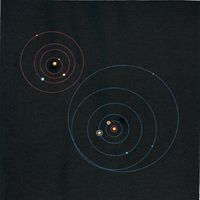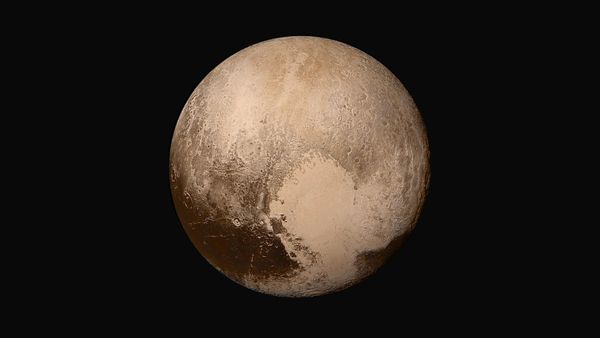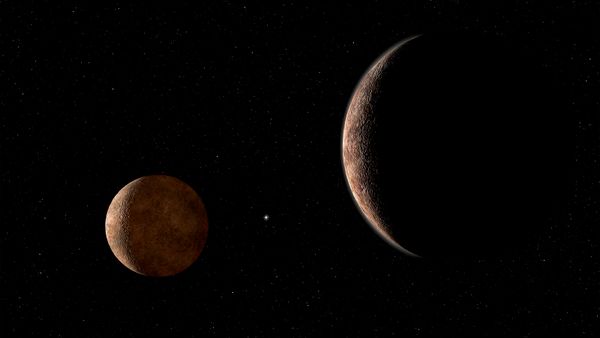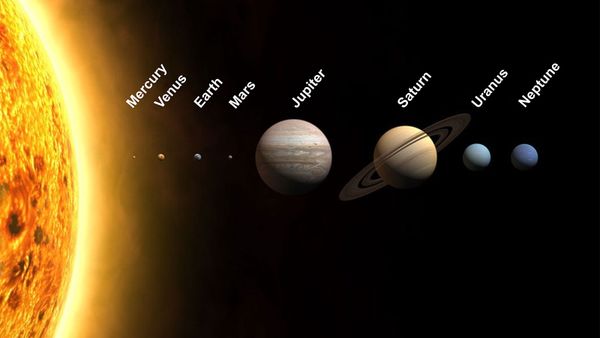Resolution 5A
Here's how Resolution 5A defines a planet:
A planet is a celestial body that (a) is in orbit around the Sun, (b) has sufficient mass for its self-gravity to overcome rigid body forces so that it assumes a hydrostatic equilibrium (nearly round) shape, and (c) has cleared the neighbourhood around its orbit [ref].
Pluto is relatively round and orbits the sun, but it does not meet the criteria because its orbit crosses Neptune's orbit. Critics of the resolution argue that other planets in the solar system, including Earth, have not cleared the neighborhood around their orbits. Earth, for example, regularly encounters asteroids in and near its orbit.
Resolution 5A also established two new categories of objects in orbit around the sun: dwarf planets and small solar-system bodies. According to the resolution, a dwarf planet is:
A celestial body that (a) is in orbit around the Sun, (b) has sufficient mass for its self-gravity to overcome rigid body forces so that it assumes a hydrostatic equilibrium (nearly round) shape, (c) has not cleared the neighbourhood around its orbit, and (d) is not a satellite [ref].
Small solar-system bodies are objects that orbit the sun but are neither planets nor dwarf planets.
Resolution 6A
Another resolution, Resolution 6A, also specifically addresses Pluto, naming it as a dwarf planet.
Not all astronomers supported Resolutions 5A and 6A. Critics have pointed out that using the term "dwarf planet" to describe objects that are by definition not planets is confusing and even misleading. Some astronomers have also questioned the resolutions' validity, since relatively few professional astronomers had the ability or opportunity to vote (less than 4 percent of the world's astronomers and planetary scientists voted.)
Planet Classification
Here's how the two resolutions classified the objects in orbit around our sun:
- Planets: Mercury, Venus, Earth, Mars, Jupiter, Saturn, Uranus, Neptune
- Dwarf planets: Pluto, Ceres (an object in the asteroid belt between Mars and Jupiter), 2003 UB313 (an object farther from the sun than Pluto)
- Small solar-system bodies: Everything else, including asteroids and comets
But this may not be the last word on Pluto. In 2014, after a debate among scientists sponsored by the Harvard-Smithsonian Center for Astrophysics, the majority of the nonexpert audience voted for a simpler definition of planet — basically, that a planet had to be spherical and orbit around a star or the remnants of one — that included Pluto, according to an article on the center's website.
A 2019 paper, authored by a number of distinguished planetary scientists, concluded that the argument made back in 2006, that Kuiper Belt Objects should be classified as non-planets was "arbitrary," based on their assessment of 200 years' worth of studies. The paper argued that none of the studies (expect for one paper) talked about the non-sharing of an orbit as a criterion for distinguishing planets from asteroids. You can read more about the case to reinstate Pluto at our article "Pluto: Is It a Planet After All?"



